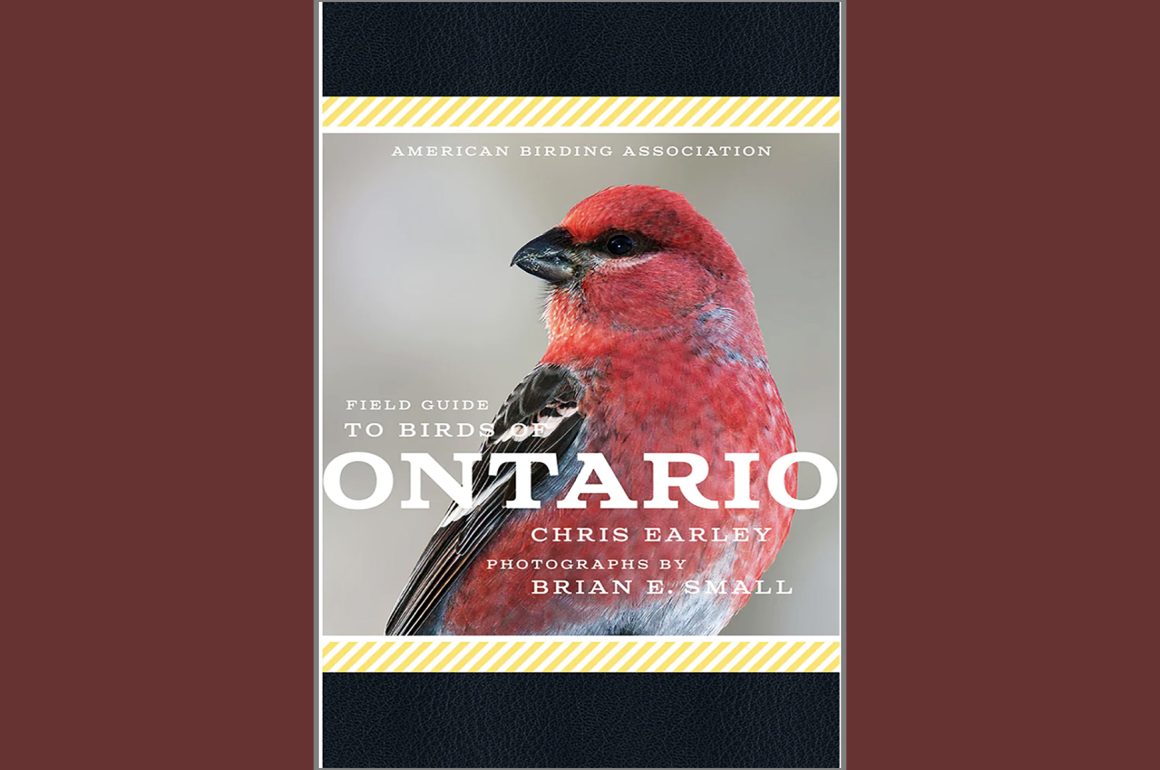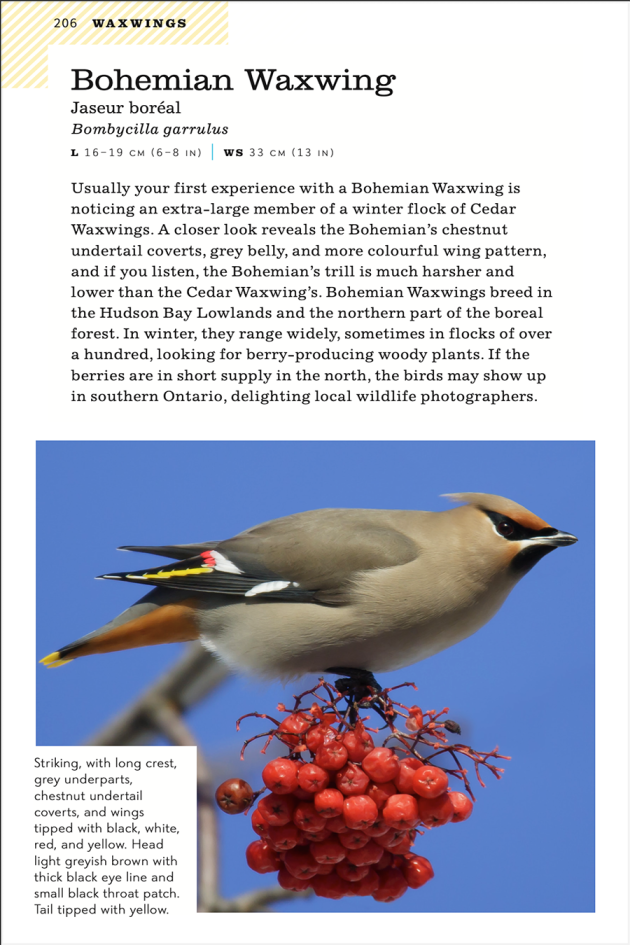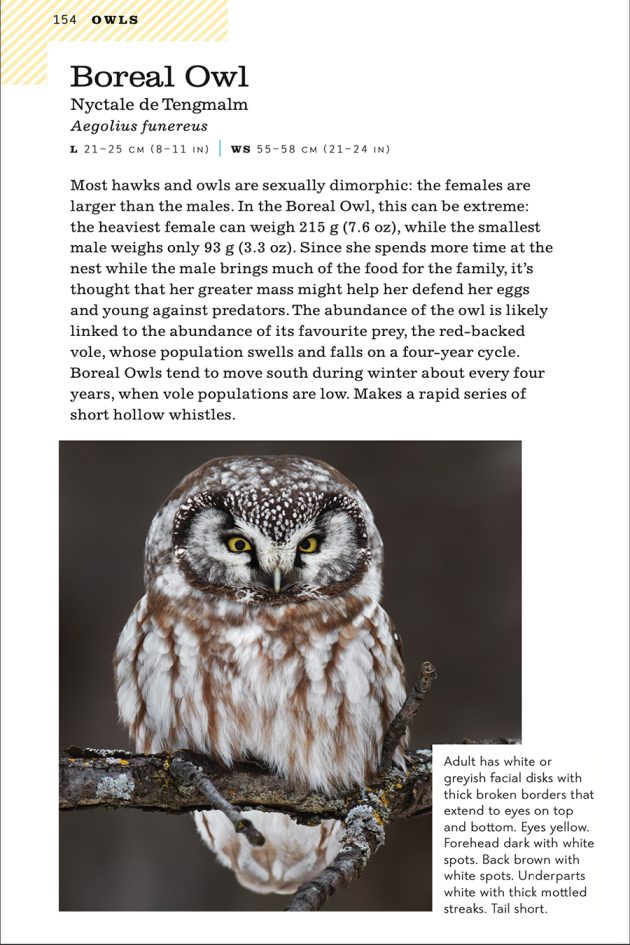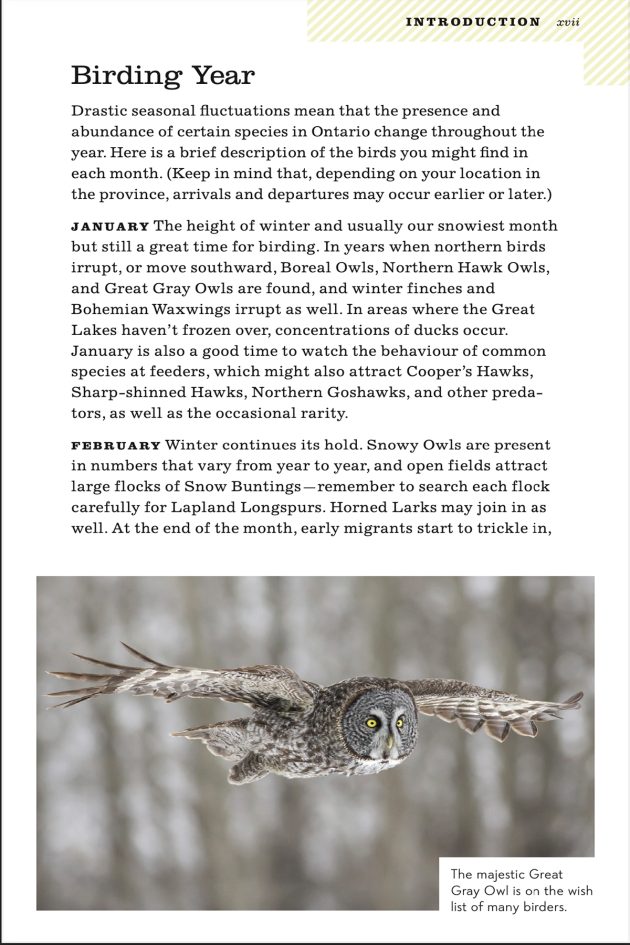
Ontario is larger than Texas, more than 1 million square kilometers of forests, cities, wetlands, tundra, rivers and lakes. It borders the Hudson Bay to the north and four Great Lakes to the south, accessible by car and sometimes feet from the United States over bridges with names like Rainbow, Ambassador, and Seaway Skyway. It is home to four diverse forest ecosystems (deciduous, mixed, boreal, and lowlands), experiences seasonal weather systems ranging from cold dry Arctic winters to humid, thunder-storm filled summers, and, according to the latest official checklist, hosts four professional sports teams with bird names.* The official Ontario bird checklist, produced by Ontario Field Ornithologists, June 2022 listed 506 bird species**, putting it in the top tier of U.S. state and Canadian provinces. Ontario is where you will find migration mecca Point Pelee (across Lake Erie from Magee Marsh), shorebird migration mecca Presqu’ile Provincial Park, boreal bird mecca Algonquin Provincial Park, and our shared gull mecca hotspot, the Niagara River. All of which is to say that Ontario is good birding and I’m happy that the latest field guide in the American Bird Association series its first guide covering a Canadian province, is all about Ontario.
The American Birding Association Field Guide to Birds of Ontario covers 311 species (publicity material says 310, probably because Alder and Willow Flycatchers share one page), birds that author Chris Earley says, “are seen in the province most regularly” (p. xxi). The scope, however, is actually broader; charismatic rarities like Ivory Gull and Ross’s Gull and provincially endangered species like Red-headed Woodpecker are included, and overall the breadth of birds covered is impressive: 16 species of gull; 11 species of owl; 36 warbler species, many of which breed in the province; a wealth of boreal species, all of whom are breeders; and a few Western species like Black-billed Magpie which can be found at the edges of the area. This is an introductory guide, as are all the guides in the ABA series, and it is an excellent one.
© 2023 by Chris Earley and Scott & Nix, Inc., Bohemian Waxwing, p. 206, photo by Brian E. Small
Species Accounts: Each species is allotted one page (with certain exceptions) offering basics–bird names and size, one or two photographs, and a one-paragraph description. This is Canada, so it goes without saying (but I’ll say it anyway), that common names are given in English and French. We also have scientific name and length and wingspan measurements, based on data from the Cornell Lab of Ornithology. Photographs, most by co-author Brian E. Small, depict the bird in all its glory–standing or perched or flying–all facing right (the one-photo design); or looking right at you in one startling image (the one-photo owl variation); or the facing right with a smaller photo showing the bird in flight or in non-breeding or female or juvenile plumage (the two-photo design); or, my favorite, two equally sized images of the bird portraying male and female plumages (the two-photo woodpecker variation). Lengthy captions point out key identification features, mostly plumage-based, sometimes including behavior, size, and structure.
The text descriptions encapsulate everything else and they are a delight. Chris Earley knows his Ontario birds. He is Interpretive Biologist and Education Coordinator at the University of Guelph, Ontario, where he’s been working since the early 1990’s. He has also written many bird and nature books: a guide on finding birds in Ontario, 125 Nature Hot Spots in Ontario: The Best Parks, Conservation Areas and Wild Places (Firefly Books, 2022); four bird field guides: Warblers of Eastern North America, 2nd edition (2023), (2) Sparrows and Finches of the Great Lakes Region and Eastern North America (2003), (3) Hawks and Owls of Eastern North America, 2nd ed. (2012), and (4) Waterfowl of Eastern North America, 2nd ed. (2020, all also published by Firefly); children’s books and books on bird feeding. I have all four of his field guides on my bookshelf; I enjoy their friendly, informative approach and identification aids (cheat sheets! comparison tables!) and used them often when I was learning how to bird.
Here, Earley’s expertise is evident in the choices he makes in how to describe each species. Every species account (well, most every account) includes information on habitat and talk briefly about range and distribution (there are no range maps in this guide); it is usually noted if the species breeds in Ontario, and often noted if it is migratory or residential year-round. A description is given of major vocalization/sound of communication, sometimes by transcription, sometimes by catch phrase, sometimes by description (the Ruffed Grouse species account text is totally devoted to a description of its drumming sound and how it is produced).
Beyond these “must” topics, Earley’s focus varies and may include migration pattern, specific hotspots, status of vulnerability and endangerment, behavior, mating and nesting, food and feeding habits, plumage features, sexual dimorphic characteristics, how to differentiate the bird from similar species, tips for finding the bird, and bits of Ontario’s natural history. The Red Knot’s lengthy paragraph is totally focused on the reasons for its population decline and why it’s important to conserve migration stopover sites like Delaware Bay. The Snowy Owl account focuses on irruptions. The material on Boreal Owl is a wonderfully condensed account about the species’ sexual dimorphism and its relationship to breeding plus the link between the species’ cyclical abundance and the red-backed vole. A two-page spread is devoted to the Gyrfalcon, which Earley proudly tells us is “one of the most sought-after birds in Ontario, if not all of Canada” (p. 170). (Other two-page spread birds include Ring-billed and Herring Gulls, Rough-legged Hawk, and American Goldfinch.)
© 2023 by Chris Earley and Scott & Nix, Inc. Boreal Owl, p. 154, photo by Jacob Spendelow
Earley is an experienced, adroit writer and easily incorporates important information, enthusiasm and a sense of fun into the text. For Black-headed Gull, he begins by asking, “Let’s pretend that all Black-headed Gulls are named Waldo. And where is he?” (p. 103). The Bobolink’s display song is said to be similar to the sounds of the Star Wars robot R2-D2. “Nothing is more humbling,” he sighs, “than spending a few hours in a boat or on a riverbank, unsuccessfully trying to catch a fish, and then seeing an Osprey dive and catch one right in front of you” (p. 145). He’s very conscious of the declining populations and decreasing ranges of many of the species in the guide, but also celebrates conservation successes, such as the recovery of Kirtland’s Warbler, which has nested at Canadian Forces Base Petawawa, near Algonquin Provincial Park. He also has useful identification tidbits. For Western Sandpiper, for example, he notes that they “may stand a little more upright than other peeps or look a bit off balance, because their legs seem to be placed further back on the body than the Semipalmated” (p. 79).
Photographs: Most of the photographs are by bird and nature photographer Brian E. Small, photography co-author for the ABA field guide series. Brian has a long history with the ABA: a 15-year tenure as photography editor for Birding and the legacy of his father, Dr. Arnold Small, an ABA founding birder and past president. He’s one of the best photographic portraitists of birds in North America with a number of field guides on his resume, including his own Birds of Eastern North America: A Photographic Guide and Birds of Western North America: A Photographic Guide (co-authored with Paul Sterry, PUP, 2009). Brian has somehow obtained the secret of capturing razor-sharp images of birds in profile, frontward, and in flight, showing every significant identification feature–exactly what is needed in a field guide.
The names of the bird photographers who have contributed additional images to ABA Field Guide to Birds of Ontario are likely be familiar to regular users of the series–Jim Zipp, Alan Murphy, Mike Danzenbaker, Garth McElroy, Jerry Liguori, to name the most cited. Also, Tony Beck, Robert McCaw, Karl Egressy, and Scott Fairbairn, collaborators with Chris Earley. I really like the photographs of Justin S. Spendelowe, who contributed several of the shorebird and owl images, amongst others. Spendelowe, who also works on clean energy technology at Los Alamos National Laboratory, also has a gift for capturing the essence of bird’s beauty and dignity and I hope we see more from him in bird publications.
© 2023 by Chris Earley and Scott & Nix, Inc., Introduction–Birding Year, p. xv, photo by Brian E. Small
Additional Sections & Design: The ABA Field Guide to Birds of Ontario is completed by brief chapters at the front end on Ontario’s diverse habitats; birding in Ontario by the month; hotspots; “How to Use This Book, “Bird Identification 101,” Additional Resources, plus the ABA’s mission statement and Code of Ethics. “Bird Identification 101” is a very useful tutorial, including feature-captioned photographs designed to help sort out warblers and vireos, hawks, and shorebirds. I love Earley’s encouraging remarks. On shorebird identification he comments, “Don’t worry if they are confusing at first. Practice, practice, practice!” (p. xxxii), something I’ll need to repeat to myself in just a few days.
In the back, we have acknowledgements; photo credits; “Checklist of the Birds of Ontario,” adapted from the Ontario Field Ornithologists; Species Index, author and photographer bios. A map of Ontario is reproduced on the inside front covers and the Quick Index, a one-page listing of bird families, is on the back inside cover. The book is designed with quick searching and researching in mind, with colored blocks indicating bird family in upper right and left corners, common bird names in large, bold print, and a highly readable font. It’s designed for carrying about in the field, sized 4.5 by 1 by 7.5 by inches (more pack size than pocket size, unless you have a big pockets vest), and bound firmly. Like recent guides in the series, the cover is hard paper, not the hardier, water resistant flexibound of earlier editions. I’m assuming this to keep the price down; the good news is the book now feels slightly lighter.
Conclusion: American Birding Association Field Guide to Birds of Ontario is a welcome addition to the ABA Field Guide series, the first guide on Canada! t’s also, as far as I can find, the first field guide to Ontario’s birds. As an introductory guide, it’s perfect for beginning birders and naturalists who live in or are visiting Ontario. It’s very useful to search for a bird you’ve seen in a book which has already narrowed down the possibilities. I think it also has a lot to offer birders at more advanced levels, particularly if you are looking for boreal birds; the Species Accounts include locations of these species and helpful identification tips. Chris Earley is the perfect bird teacher and writer. I always say when reviewing an ABA guide that the challenge is making the Species Account descriptions unique. I find it amazing that after 19 guides, it is still possible to describe a Great Blue Heron or Turkey Vulture with new words, and Earley certainly does that here. The guide makes me want to go back to Ontario, a province that I have sadly only visited once (but it was an incredible twitch to see my lifer Great Gray Owl), and travel for days east to west, south to north, observing the fall shorebird migration and maybe some Cr—ossbills and Bohemian Waxwings. Bravo to the American Birding Association and Scott & Nixon on their excellent 20th field guide!
****************
*Sports teams with bird names are the Toronto Blue Jays (baseball), Toronto Raptors (basketball), Raptors 905 (basketball), Toronto Falcons (hockey). Thank you, Wikipedia.
** There is a discrepancy–in the introduction Chris Early states there are 508 species as of June 2022. I imagine this is either a typo or perhaps a change of information on the OFO web page. I did count the birds on the OFO Checklist and it is 506.
American Birding Association Field Guide to Birds of Ontario
by Chris Earley, author; Brian E. Small, photographer
Scott & Nix, June 2023, $25.95
400 pages; 4.5 x 1 x 7.5 inches; 1.14 pounds
ISBN-10 : 1935622765; ISBN-13 : 978-1935622765








 New writers welcome – please contact us for details.
New writers welcome – please contact us for details.

















Thanks so much for the great review Donna!
Just for fun, one thing I thought I’d mention is that the Toronto Raptors are actually not named for the bird family of raptors but for the Velociraptor dinosaur. However, since birds are direct descendants of dinosaurs I guess it’s still proper to say the two are related 🙂